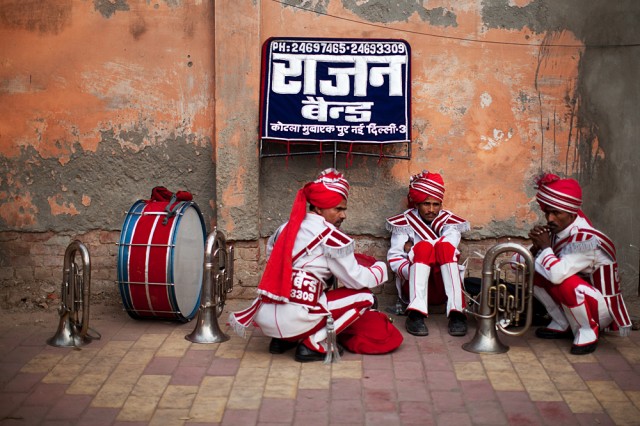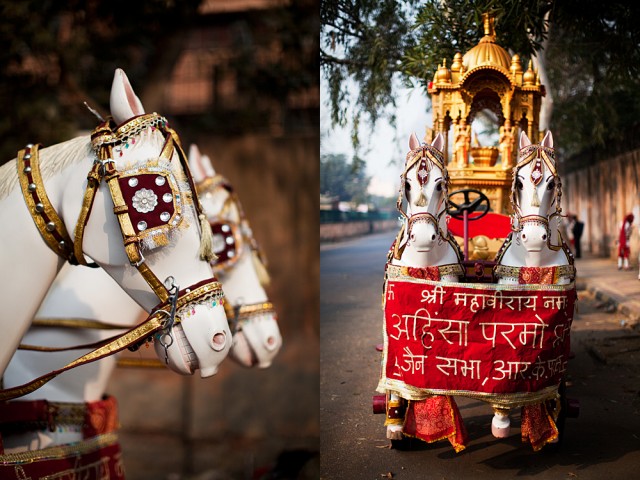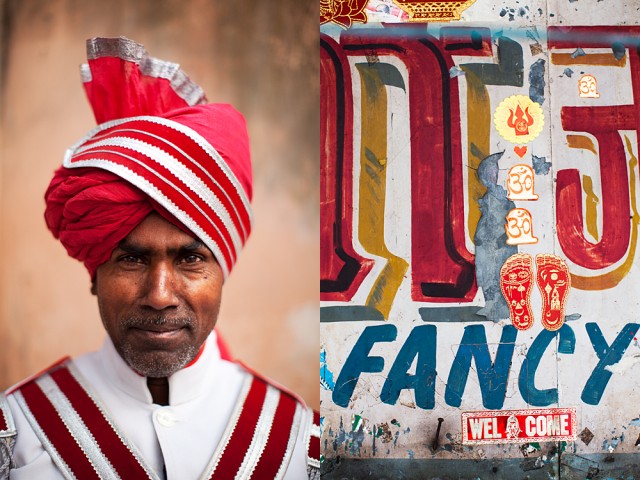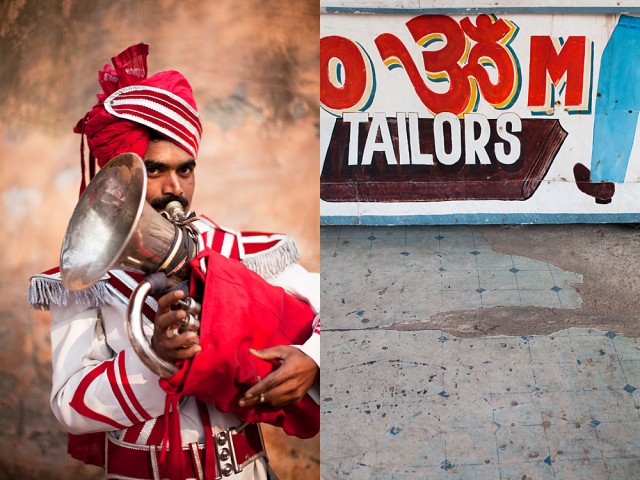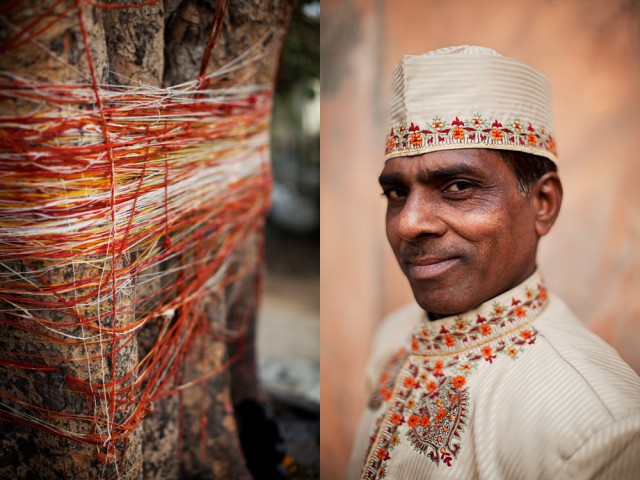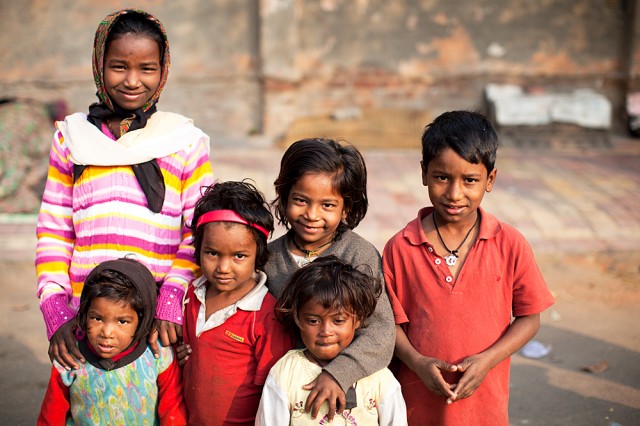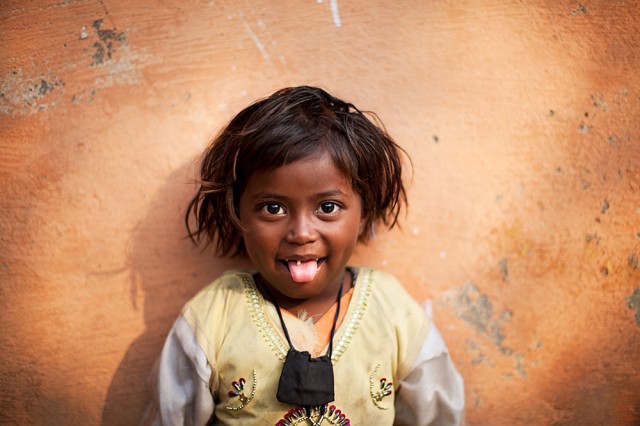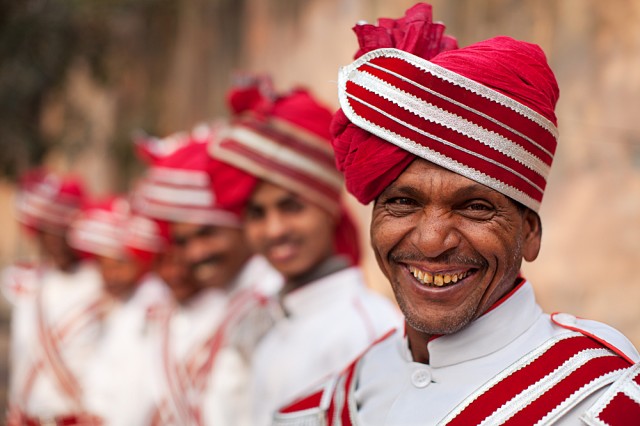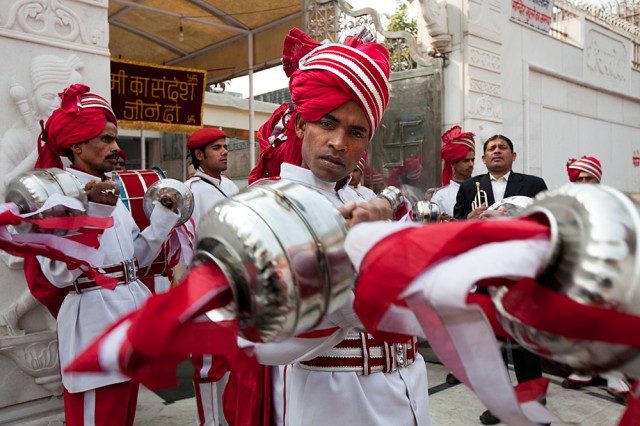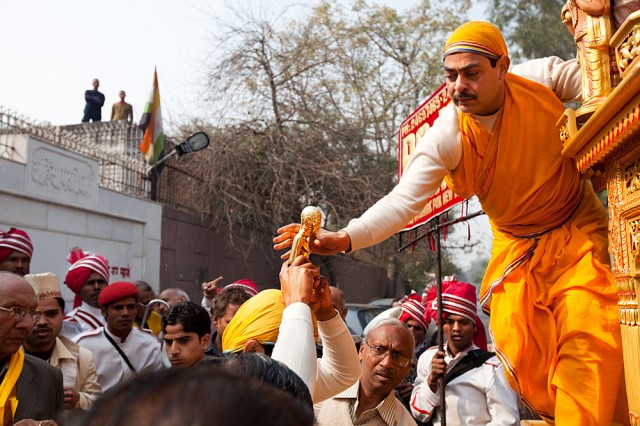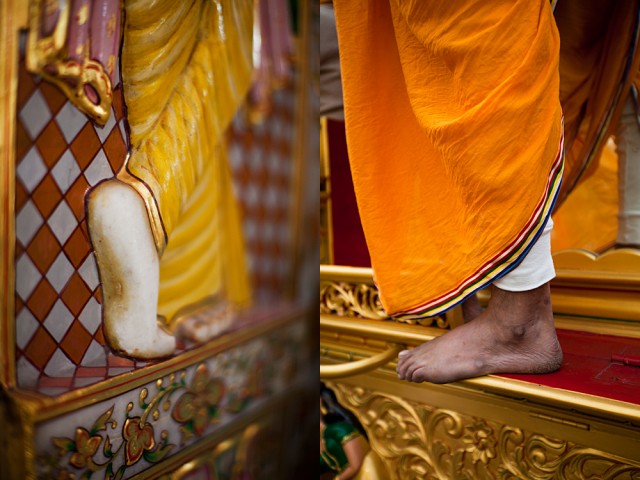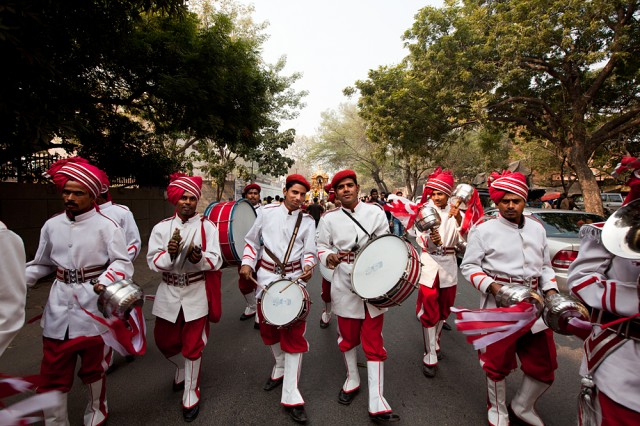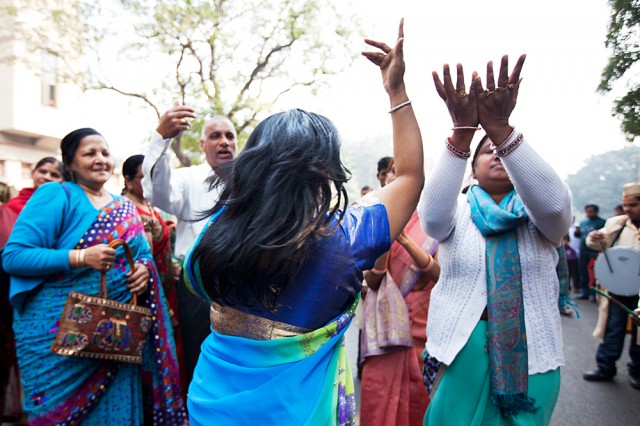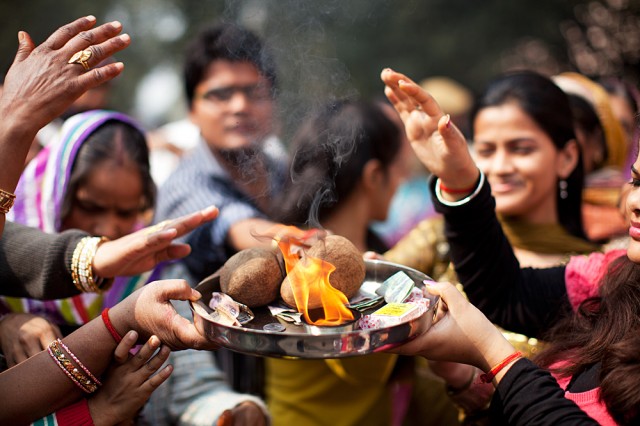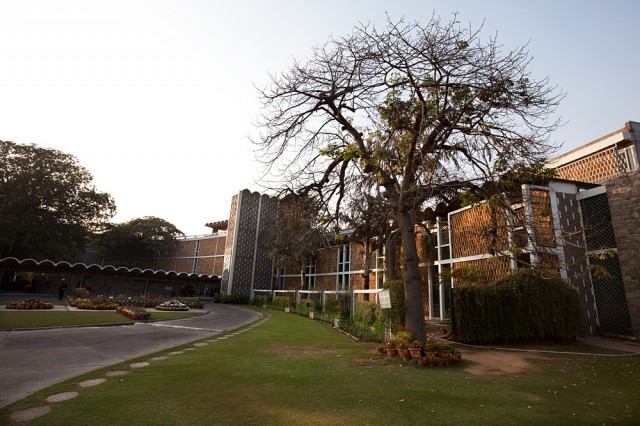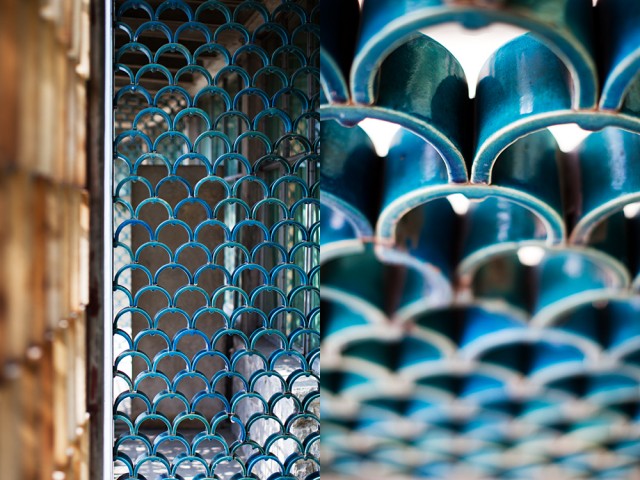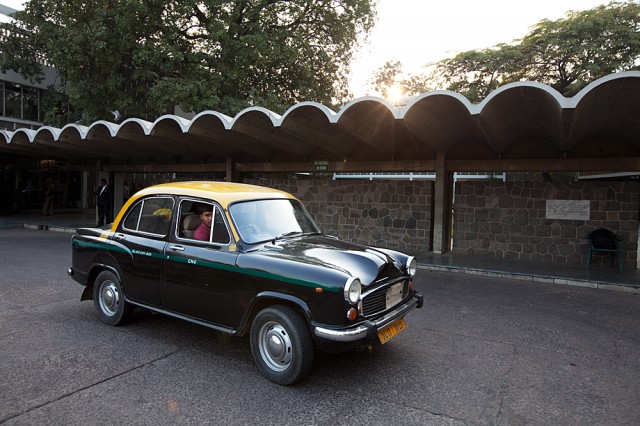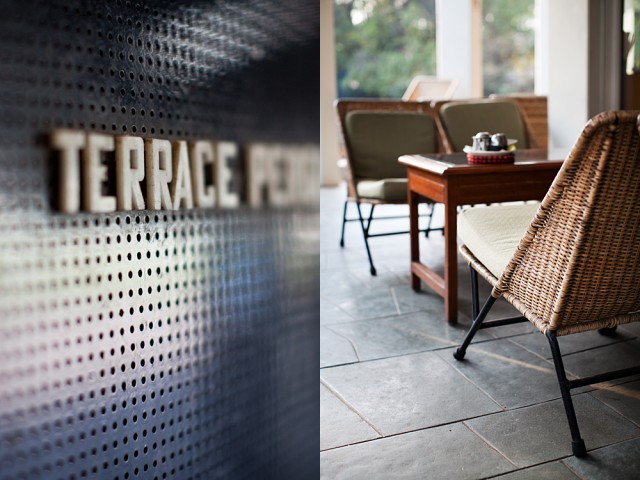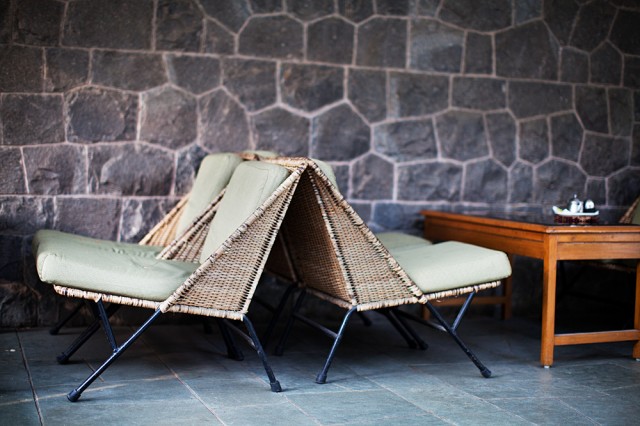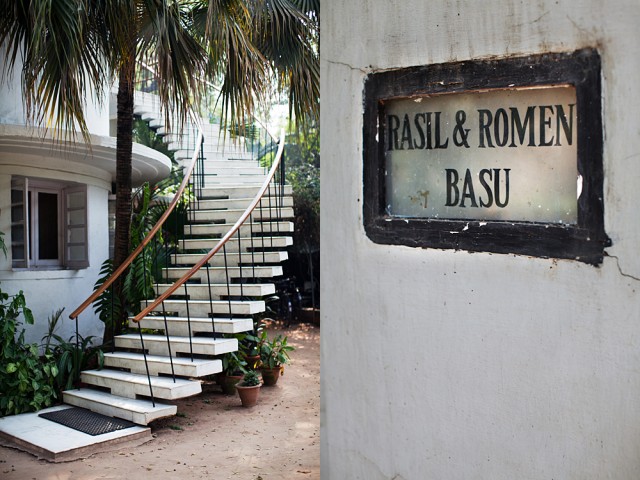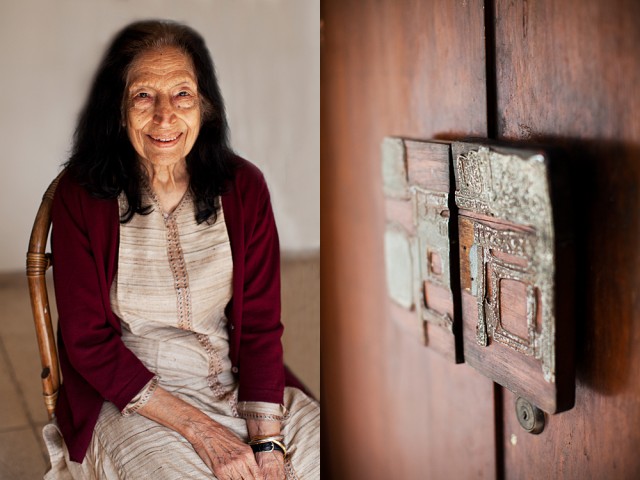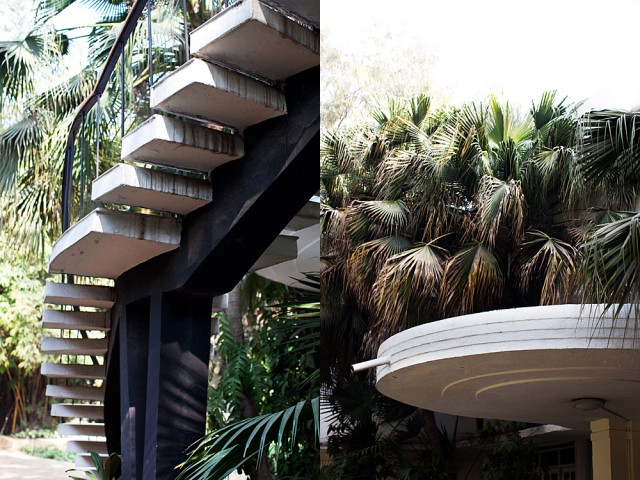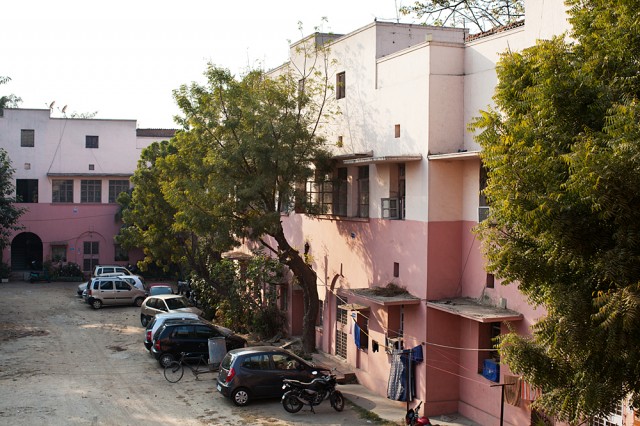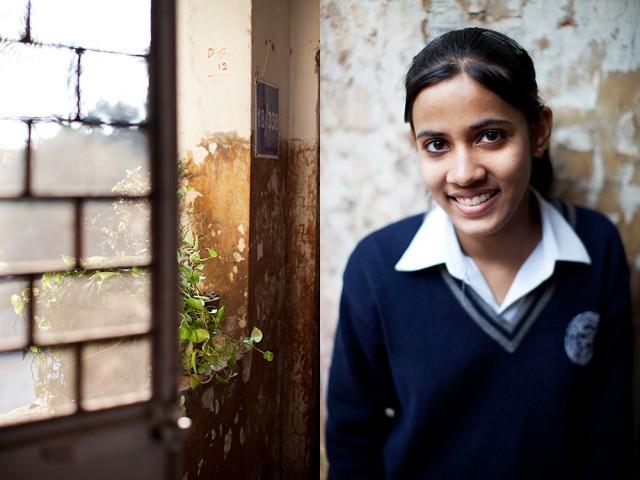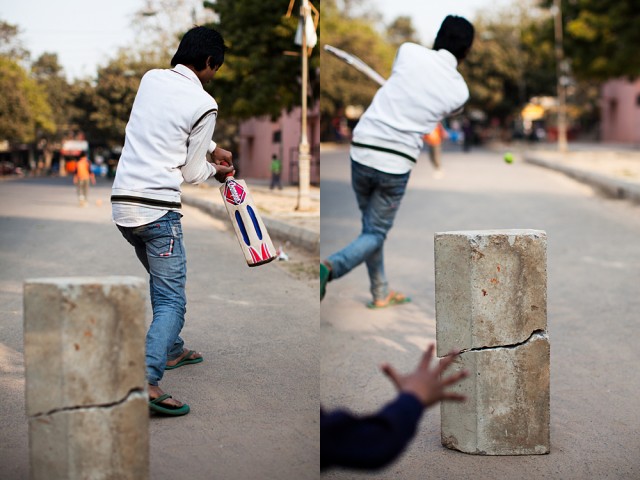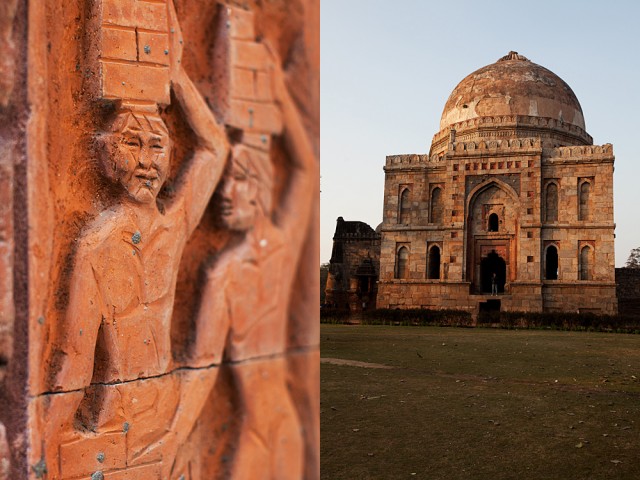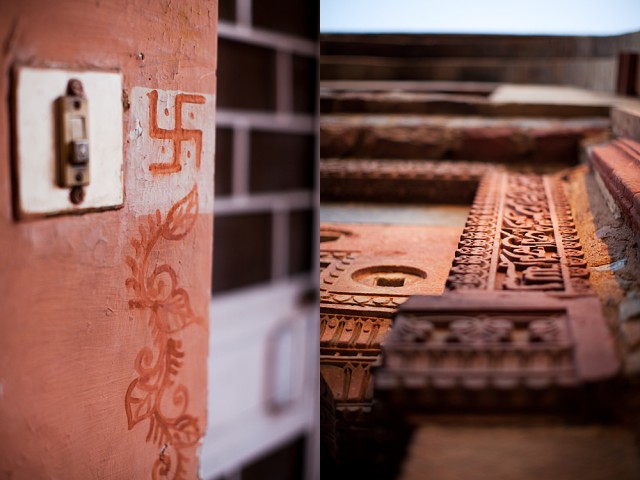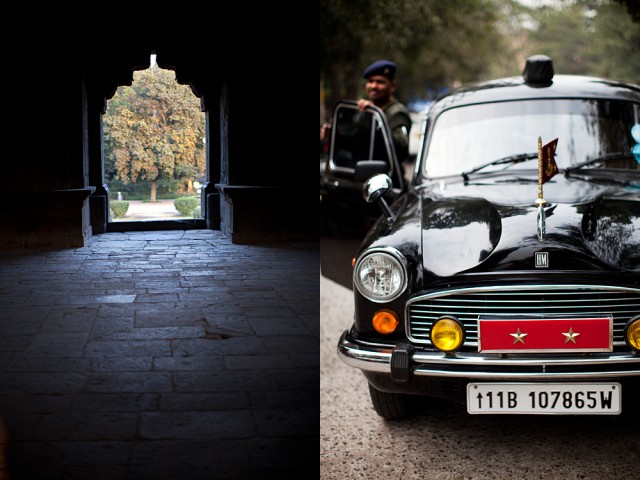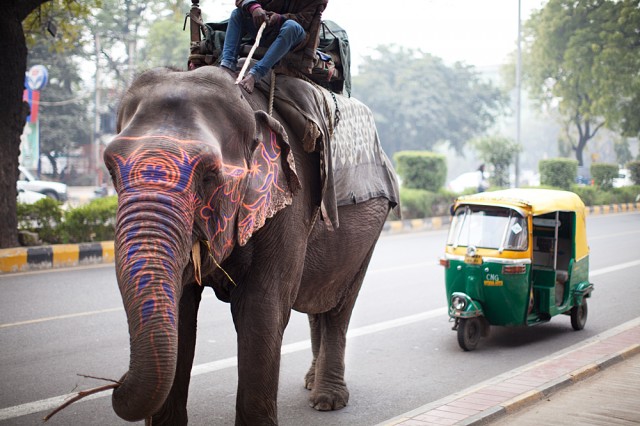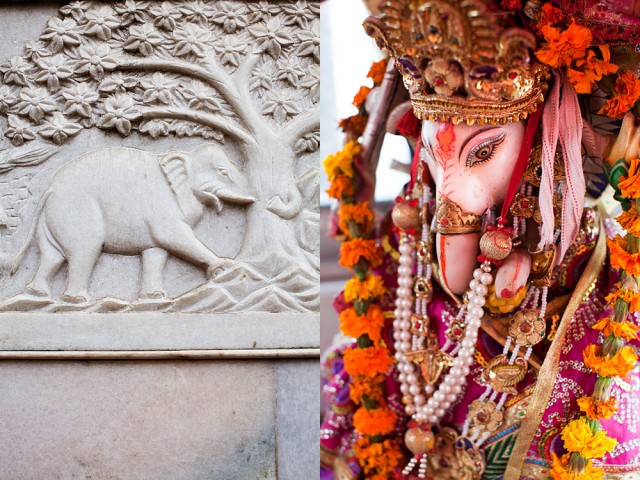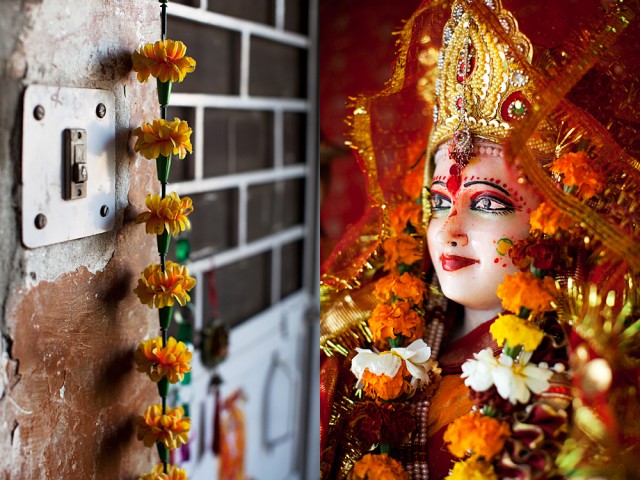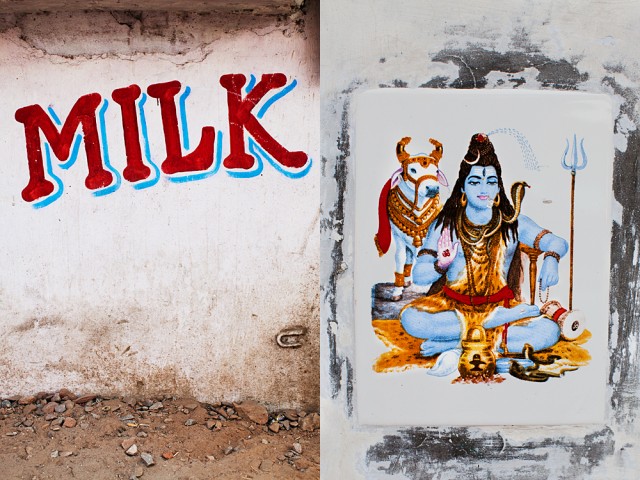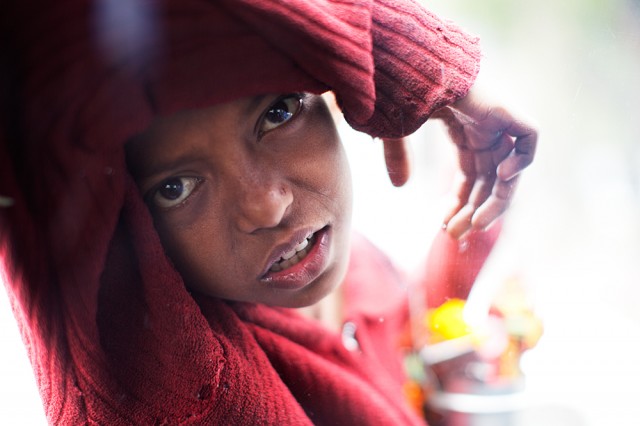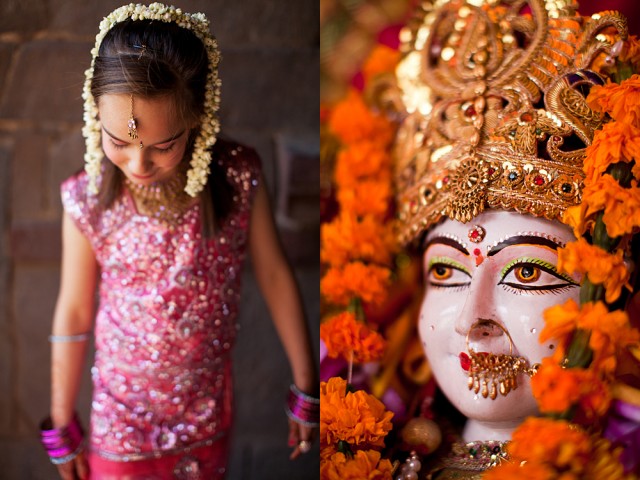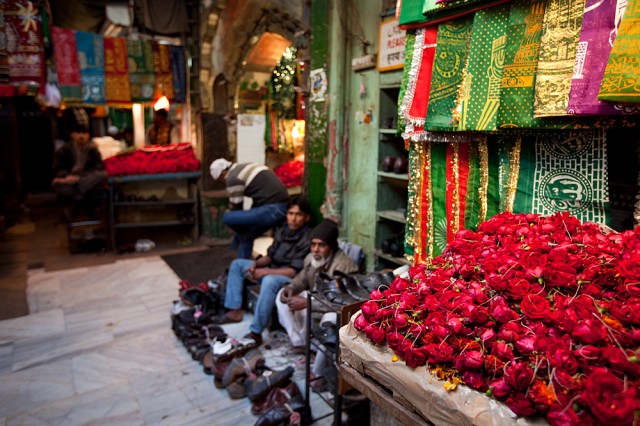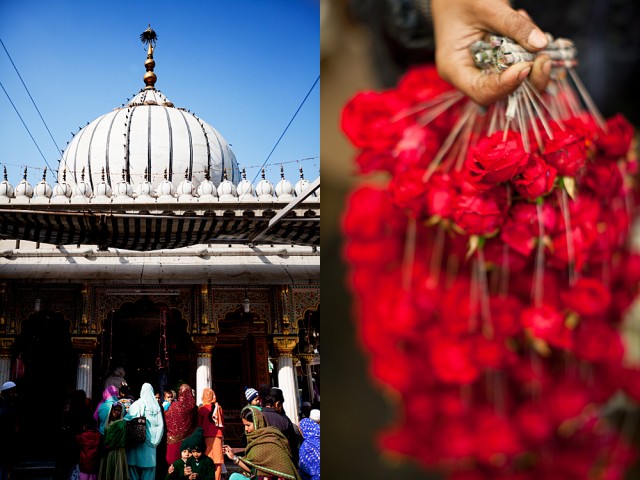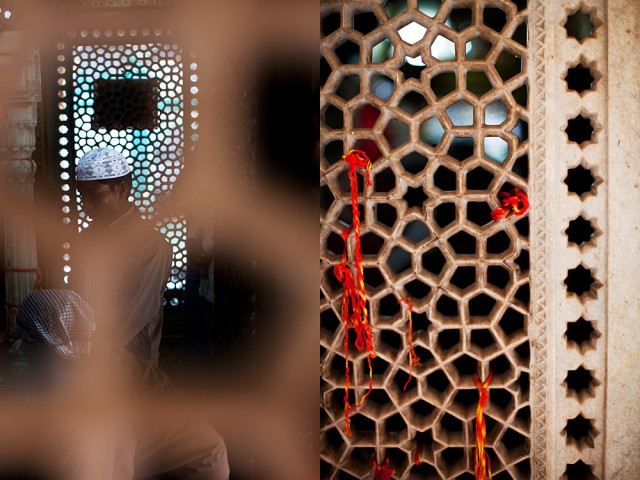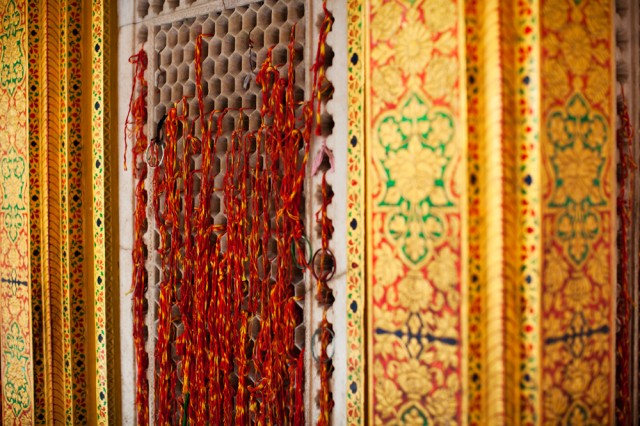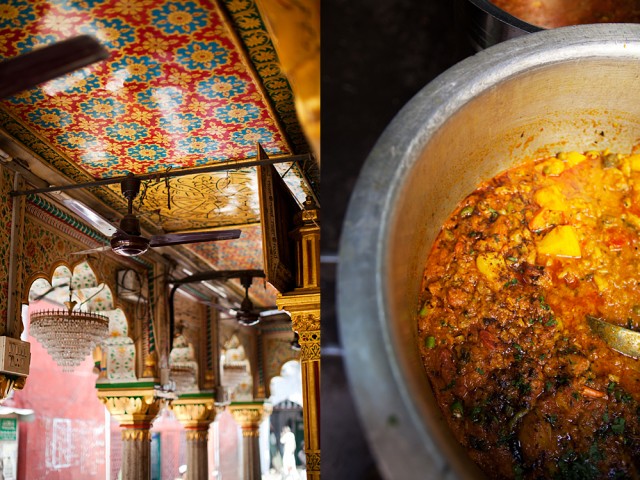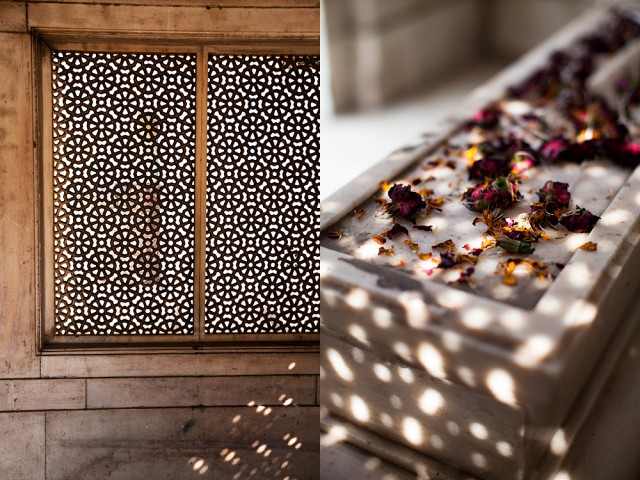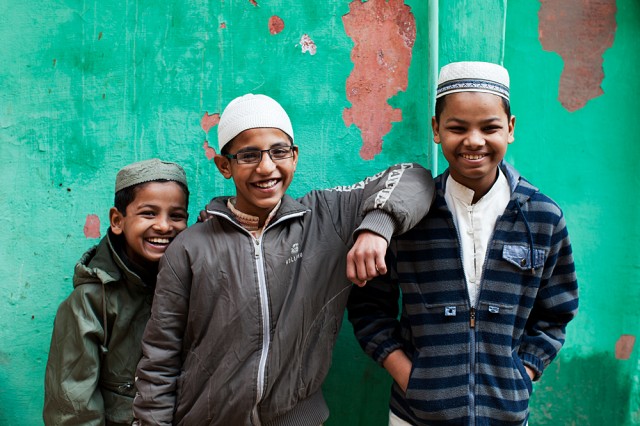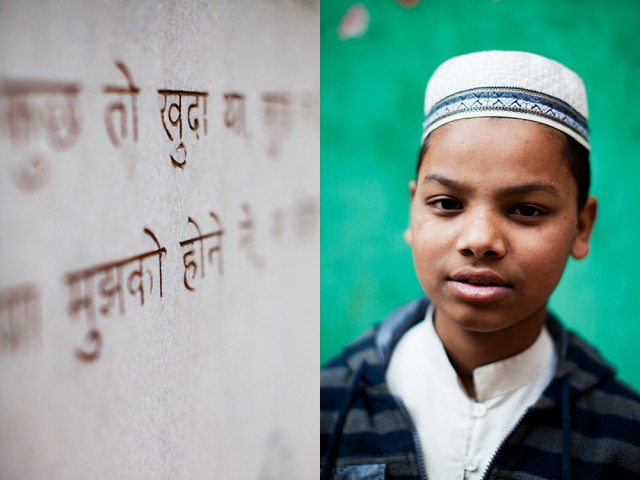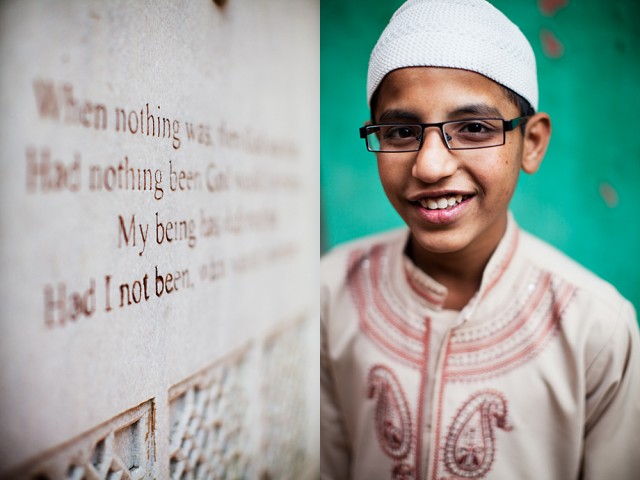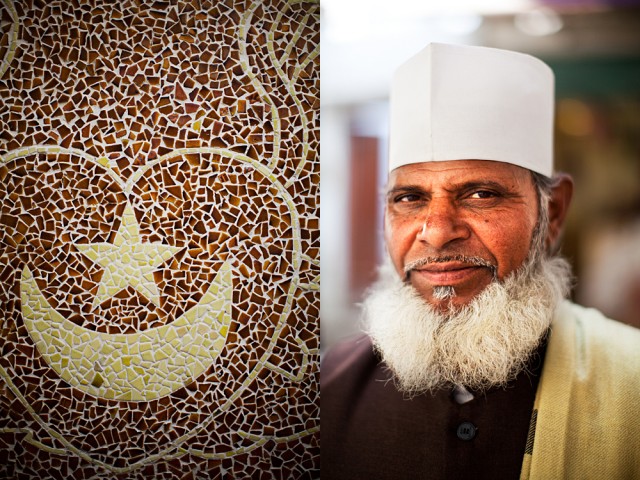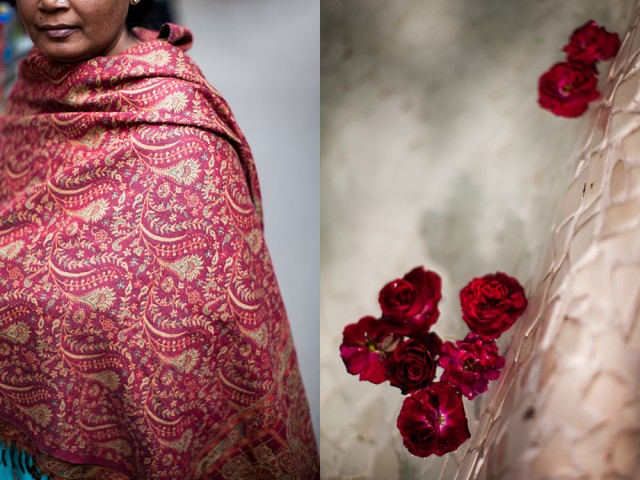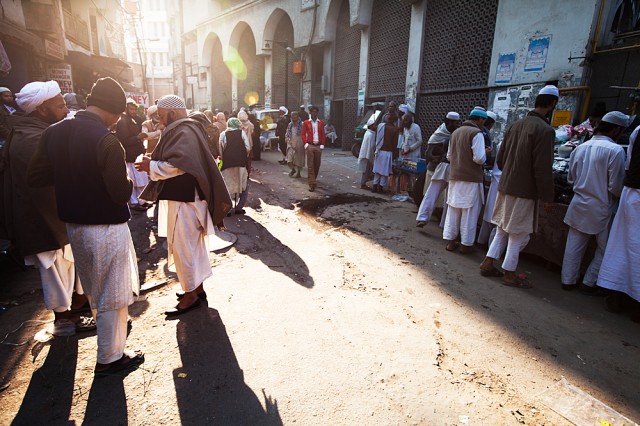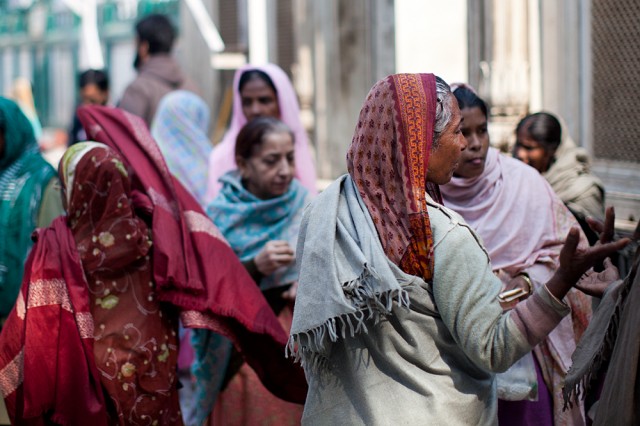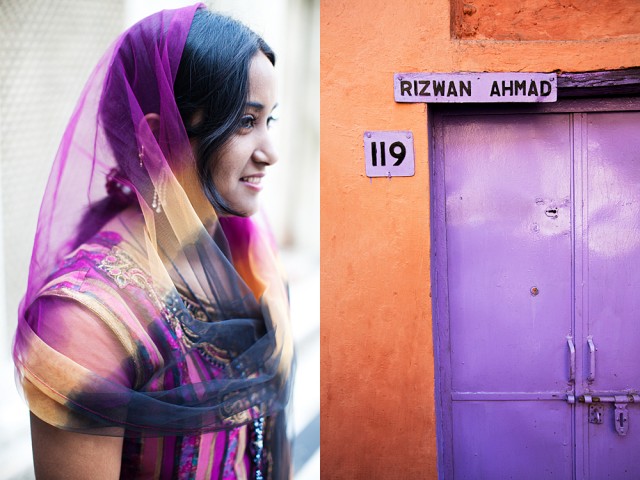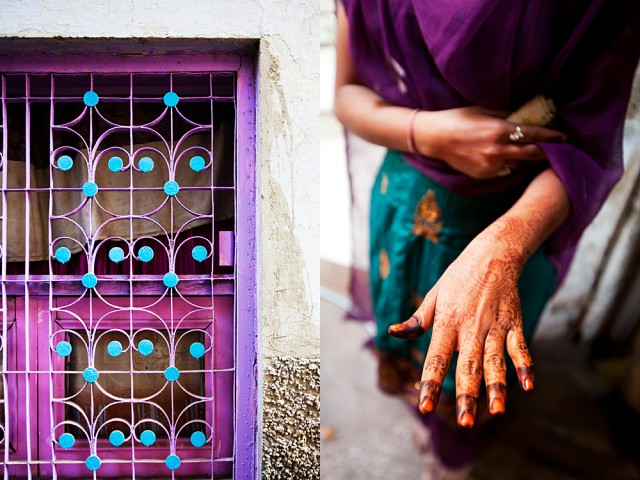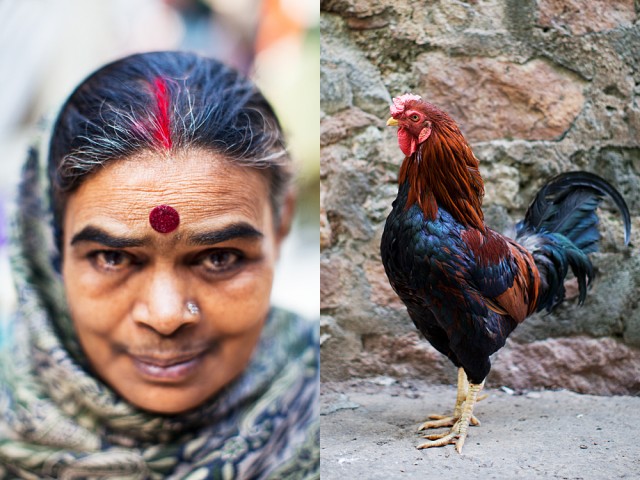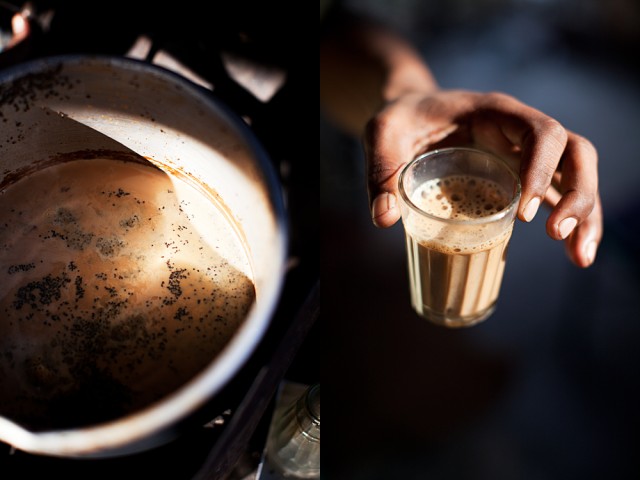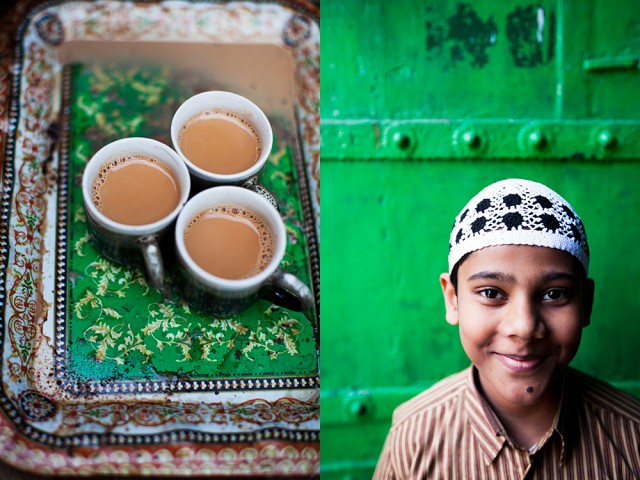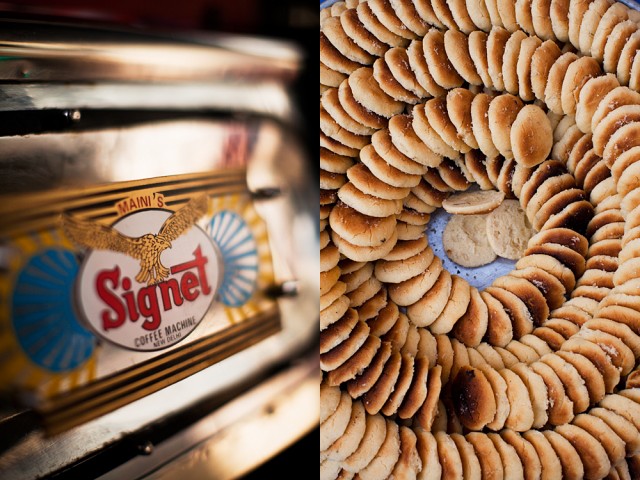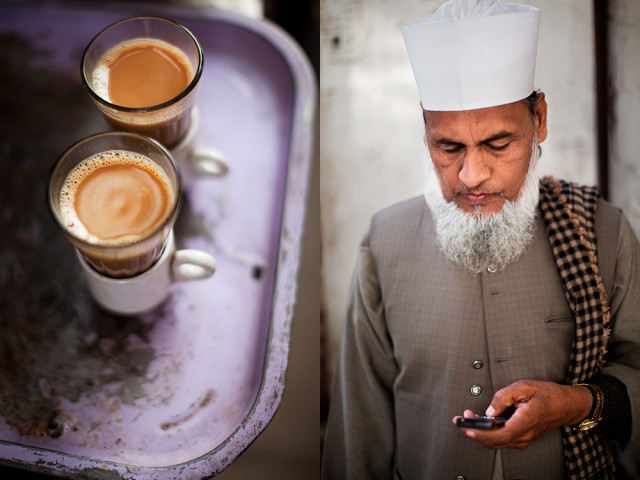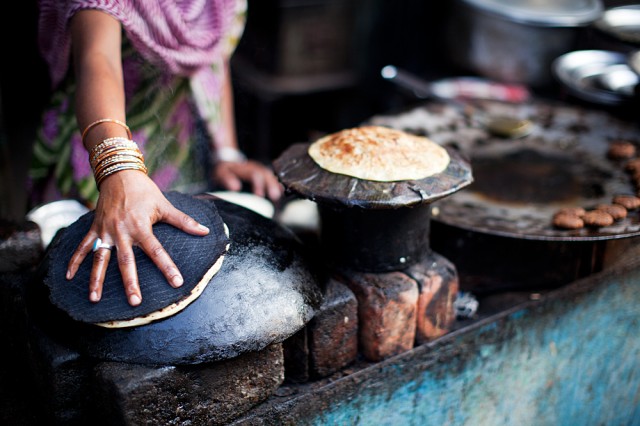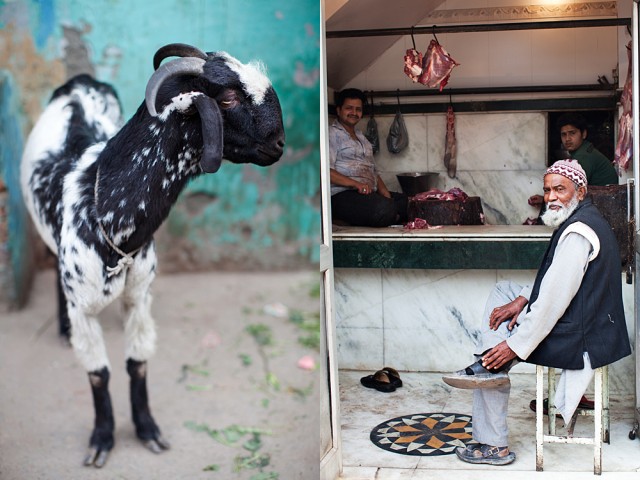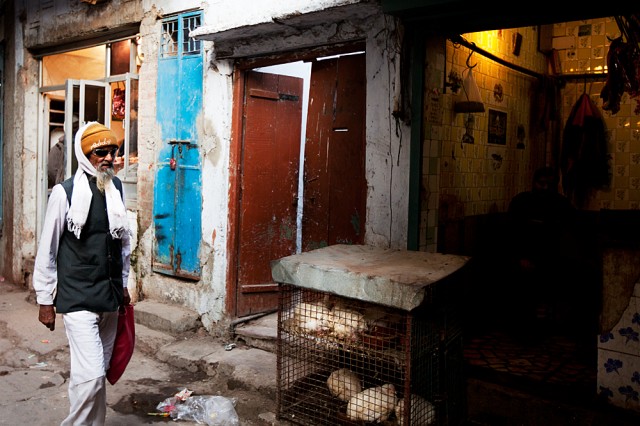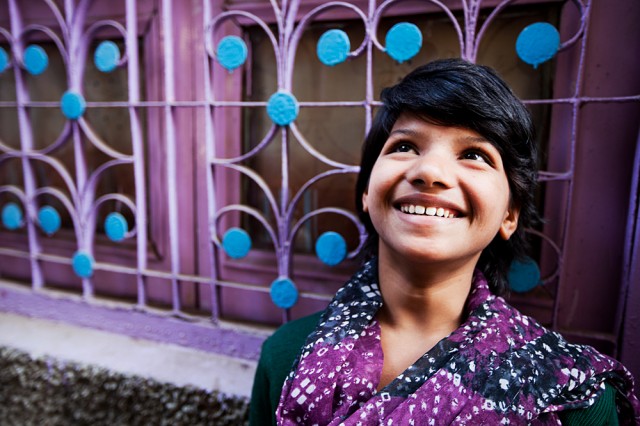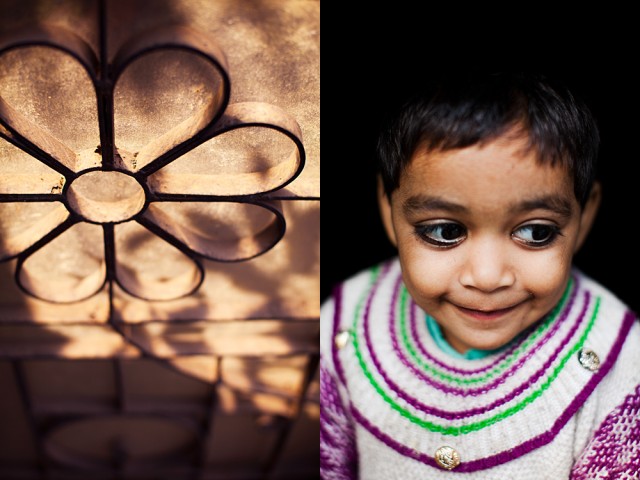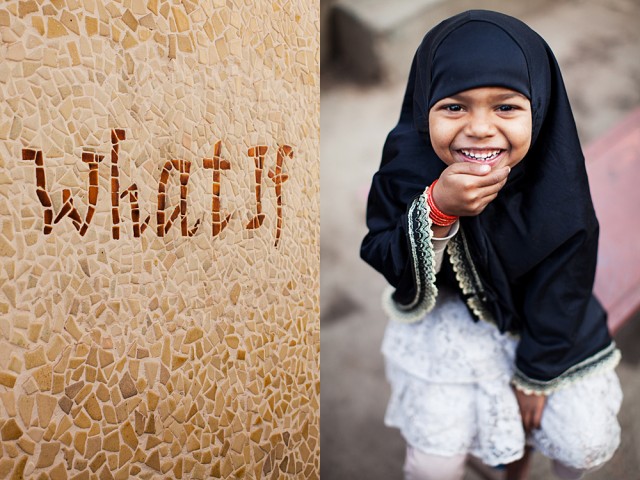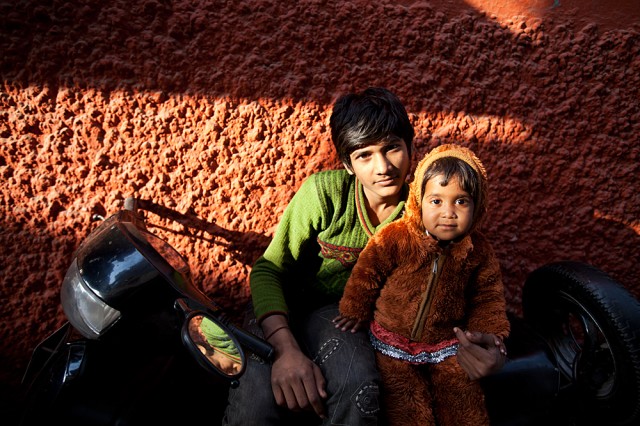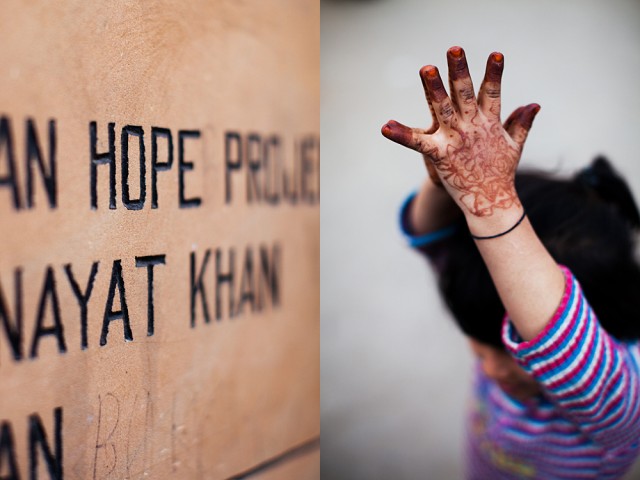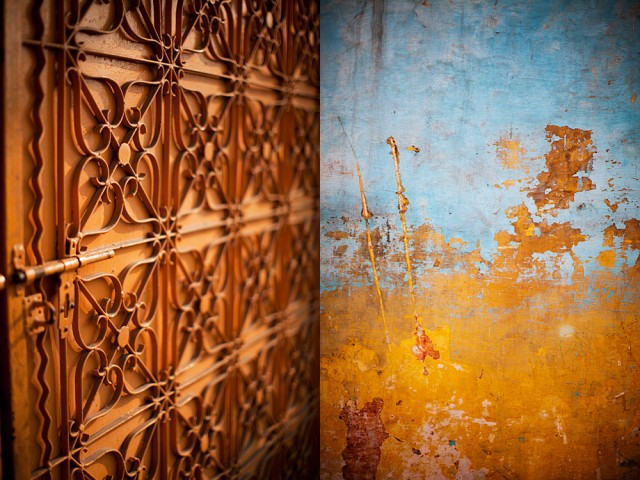After last week’s foray into a small but densely packed Islamic enclave, I thought we’d turn our gaze to a larger, sprawling area in Delhi called Lodhi.
While Lodhi is actually quite close to Nizamuddin West, it’s an entirely different world, containing bungalows built in the 1940s to house government employees, post-independence (1947) public housing, a handful of cultural, educational, and international institutions, a couple of temples and the oasis of calm that is Lodhi Gardens.
Okay, let’s wander.
Part 1: The band and the Jains
My first stop in Lodhi was a local Jain temple. While the temple itself wasn’t much to look at, I was told to come back early the next morning to see a big annual celebration called rath yatra. So at nine am sharp I raced over to see it. I need not have hurried because the Jain community were all on Indian time – which seems to mean ‘any time’. So the band who were booked for the celebration and I just waited.
In the absence of anything Jain to photograph I turned my camera on the band. And what an accommodating lot they were too.
By this stage, an hour and an half had elapsed and still no sign of the Jains. Some of the local street kids came over to see what the woman with the camera was doing. So I photographed them too.
Then the band started producing their own ‘cameras’. A great opportunity for a few of them to put their arm around ‘madam’ to have their picture taken.
It was all pretty funny.
Then finally, hours later than expected, the Jain celebration kicked off. The band played, a tiny Buddha like Tirthankara idol was carefully lifted onto the carriage and the show hit the road. The band led the way followed by the procession of devotees and then the carriage. Every ten metres the whole lot would come to a halt and a woman would suddenly leap out from the crowd to take centre stage in front of the Tirthankara, and dance madly while people waved money over her head. Apparently she was expressing the joy of being a Jain, and the money thing, well, not entirely sure. Then off they’d go again for a while until they stopped to do a repeat performance.
After a couple of hours the procession returned to the Jain temple for some lunch. 100% vegetarian lunch with not a clove of garlic or hint of onion to avoid over-excitement.
And that was that. Worth the wait entirely.
Part 2: Modernism in India
Two friends visiting Delhi told me about the India International Centre in Lodhi. So glad they did. American architect Joseph Allen Stein designed the 1960’s IIC in the Modernist style but with Indian touches such as the cast concrete jalis (screens). In fact, Stein designed a few other landmark buildings in Lodhi giving the area the nickname of ‘Steinabad’.
The centre is where the city’s intelligentsia hang out and is Member’s Only in the lounge and terrace area. On my first visit two Indian men took pity on the woman peering through the window and invited me in. And that’s how I ended up having tea with a Brahmin and a Jain. They were both very charming but I found the Jain, Virendra, the most interesting having just seen the Jain festival the day before. The most curious part about the Jains I discovered is that they aspire to non-materialism and yet they are among the wealthiest in the land.
Before I left the IIC, Virendra and I wandered over to a little outside area called the Gandhi-King Plaza. Of the two inscriptions there etched in stone, one was particularly poignant, given that just a few kilometres down the road from this elite place are Delhi’s struggling.
Part 3: Living in Lodhi
Those same friends who’d told me about the IIC also mentioned they’d seen an interesting old house nearby with a lovely spiral staircase. Nosing around, I finally found it, knocked on the door and that’s how I met the lovely Rasil. Having spent 40 years in New York, Rasil was now living back in Delhi in her childhood home, built in 1942.
I asked her how Delhi has changed over the years and she was pretty scathing. “The Mughuls got it right, the British got it right but recently, no, it’s terrible. For example, the skyline used to be lovely but all these flyovers have ruined it.”
For a contrast, I visited some of the public housing in Lodhi built by the Public Works Department after independence in 1947. The residents I met were all government employees and explained that as soon as their jobs ended, they’d have to leave. Hence the lack of ‘beautification’ to the buildings, all of which are pretty run down. But again, it’s all relative – compared to the slums around Delhi, these places are palaces.
And what with the gardens not growing where they’re meant to, there’s plenty of room for cricket.
Part 4: Lodhi Gardens
Before the Brits ruled Delhi, it was the Mughuls (1500-1850) and before the Mughuls it was the Delhi Sultanate (1200-1500). The Sultans heralded from Turkey way and had a very cool ‘Indo-Muslim’ aesthetic, which they injected into the many tombs they shot up around the city, including a handful of lovely ones in Lodhi Gardens. The British later landscaped around the tombs, turning 70 acres into a peaceful escape from Delhi madness. Nice chunk of green but I loved the old ruins best.
And look who I met in Lodhi Gardens prancing around the old tombs one day…
Part 5: Elephants, cows and flowers
There are countless dogs in Delhi – mostly sleeping – but I’ve seen zero cows. Apparently the moos were taken off the streets for the Commonwealth Games and haven’t really returned.
Did see a couple of elephants in Lodhi though this week. And flowers, well they’re everywhere.
But like I said, no cows, aside from this one.
Part 6: From the car window
As much as I’ve acclimatised to Delhi over the past two weeks, I still find the poverty and desperation gut-wrenching. Especially when you see it up close, right beside you.
But this guy, what a smile.
The Wrap
Lodhi is worlds away from last week’s neighbourhood, Nizamuddin West, despite being relatively close. For all my complaints about how hard going Niz West was, at times I found myself missing its intensity. But the Jains certainly made an impact as did those band boys. I also enjoyed the time warp of the India International Centre. And the painted elephants. Who doesn’t love a painted elephant?
On the ‘home front’
Child, what child? It’s going to be tough when we leave Delhi and all the home help here. I could get very used to having all the normal stuff taken care of – cooking in particular – not to mention Coco’s distance education/home schooling adventure which continues apace with the delightful Ronnie. Once I’m back to being a full-time mum, cook, cleaner, home schooler and 52 Suburbs Around the World-creator, I may need to cease eating garlic and onions myself in an attempt to remain calm.
—
This suburb has been brought to you by Renai Venables & Grant Bevan
—
See you next week.

